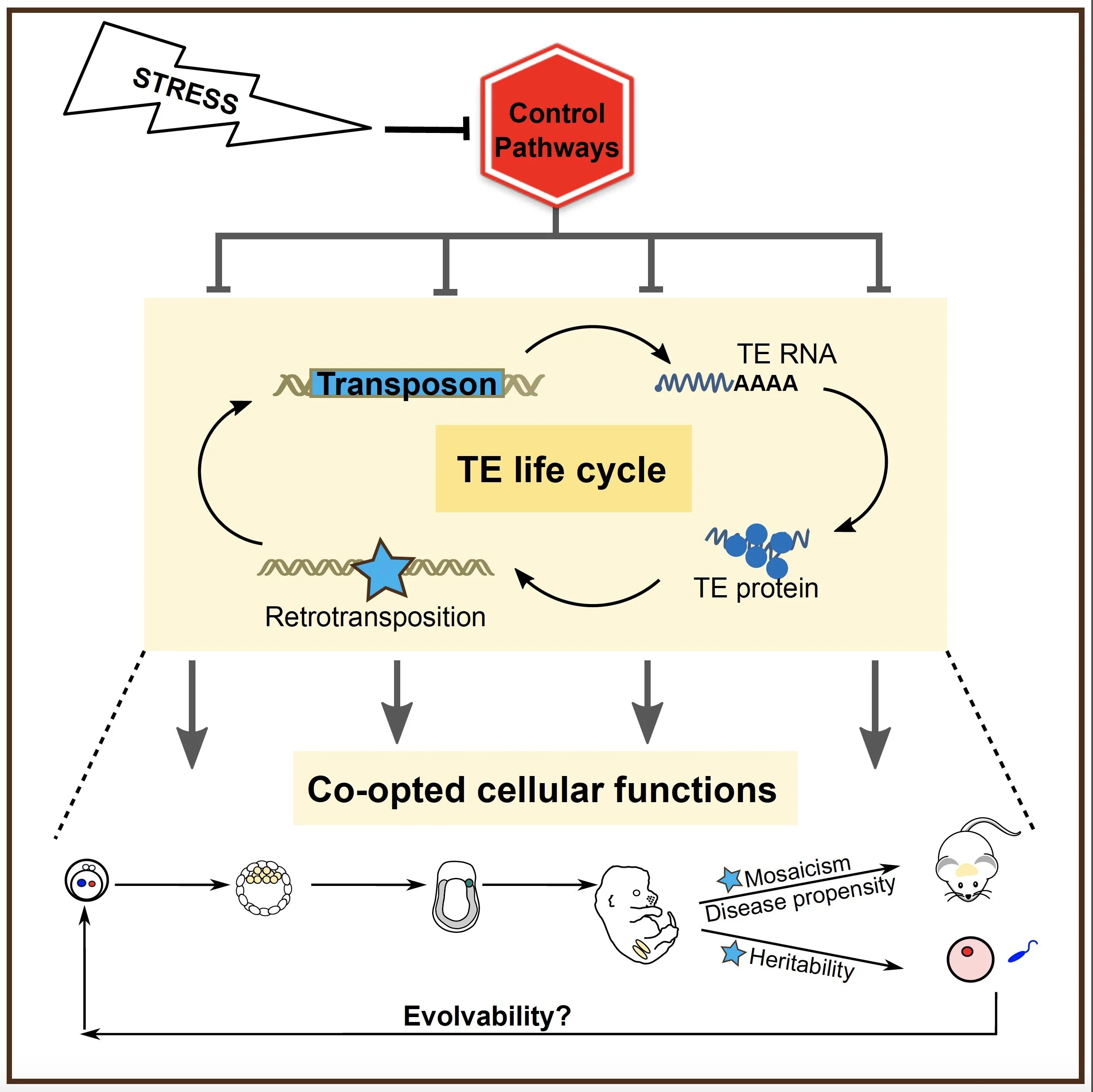What Doesn’t Kill You Makes You Stronger: Transposons as Dual Players in Chromatin Regulation and Genomic Variation
Authors: Percharde M, Sultana T, Ramalho-Santos M.
Reference: Bioessays. 2020 Feb 13. https://onlinelibrary.wiley.com/doi/full/10.1002/bies.201900232
PMID: 32053231
Abstract: Transposable elements (TEs) are sequences currently or historically mobile, and are present across all eukaryotic genomes. A growing interest in understanding the regulation and function of TEs has revealed seemingly dichotomous roles for these elements in evolution, development, and disease. On the one hand, many gene regulatory networks owe their organization to the spread of cis-elements and DNA binding sites through TE mobilization during evolution. On the other hand, the uncontrolled activity of transposons can generate mutations and contribute to disease, including cancer, while their increased expression may also trigger immune pathways that result in inflammation or senescence. Interestingly, TEs have recently been found to have novel essential functions during mammalian development. Here, the function and regulation of TEs are discussed, with a focus on LINE1 in mammals. It is proposed that LINE1 is a beneficial endogenous dual regulator of gene expression and genomic diversity during mammalian development, and that both of these functions may be detrimental if deregulated in disease contexts.

